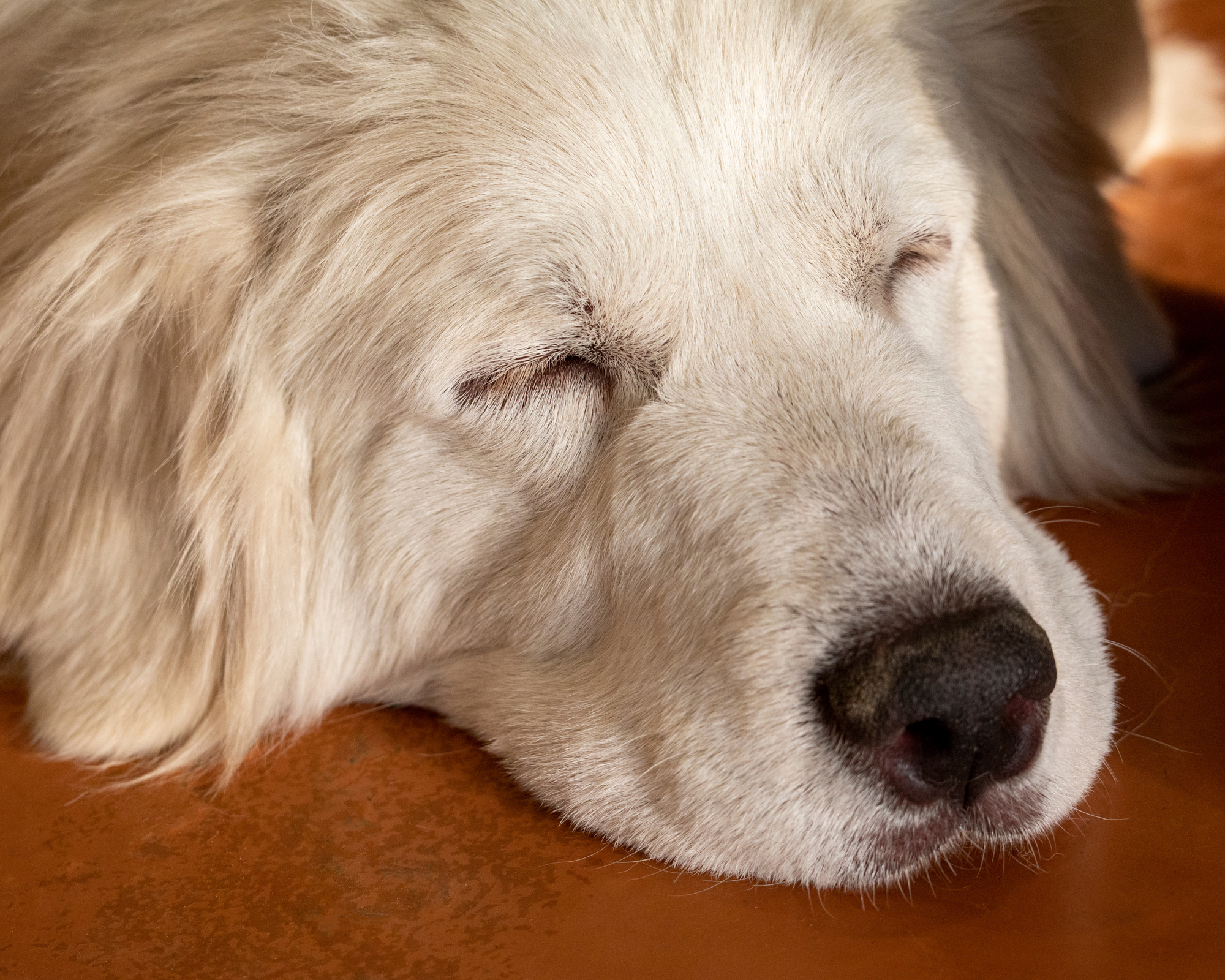

How Much Should a Giant Breed Sleep?
If you've ever looked over to see your Great Dane, Mastiff, or Newfoundland passed out for the fifth time today, you're not alone. Big dogs are professional nappers. But how much sleep is actually normal for giant breeds?
Let’s break it down by life stage—and what to watch for if you think your dog is snoozing a little too much.
Typical Sleep Needs by Life Stage
Giant breed dogs have different sleep needs at different stages of life, from energetic puppies to slow-moving seniors.
Puppies (0-18 months):
- 18–20 hours per day
- Their bodies are growing fast, and that takes serious rest.
- Don't be surprised if your big pup crashes mid-play or right after meals.
Adults (2-6 years):
- 12–14 hours per day
- Still love a good nap, but should be alert and active between rest sessions.
- Long walks, training sessions, and playtime are key to burning off energy.
Seniors (7+ years):
- 14–18 hours per day
- Older dogs rest more to recover and preserve joint function.
- They may sleep longer stretches but should still show interest in food, affection, and light activity.
When Too Much Sleep Isn’t a Good Thing
While rest is necessary, excessive sleep can sometimes indicate deeper issues.
Sleep is essential, but a suddenly extra-sleepy dog could be a sign of:
- Boredom: No stimulation or routine.
- Pain: Joint issues, arthritis, or muscle discomfort.
- Depression: Big dogs are sensitive, and changes in the home or pack can impact them.
- Illness: Lethargy can point to thyroid issues, heart disease, or other hidden health problems.
Signs Your Dog Might Be Sleeping Too Much
Look for subtle shifts in behavior and responsiveness that might signal your dog is over-snoozing.
- Ignoring toys, walks, or treats
- Hesitating to rise or move around
- Lack of interest in guests or other pets
- Sleeping through loud noises
What to Do About It
If your dog seems too sleepy, there are simple ways to encourage healthy activity and rule out any concerns.
- Reintroduce daily walks and light movement
- Try new enrichment activities (puzzle toys, social outings)
- Talk to your vet about pain management or mobility concerns
- Create a healthy balance of activity and rest
Sleep is healing. Movement is maintenance. Your big dog needs both.
A Sedentary Life Isn’t a Healthy One
Even the best naps can’t replace a good walk. Keep your dog moving every day to support strong joints and a sharp mind. Rest well. Move often.
